
 |
|
|
#1 |
|
All the news that's fit to excerpt
Name: newsie
Location: who knows?
Join Date: Jun 2008 Motorcycle(s): only digital replicas Posts: Too much.
|
[cycleworld.com] - Can-Am Pulse and Origin Nearing Production
Can-Am will reenter the motorcycle market in 2024 with two electric models called the Origin and Pulse. Could these two have class-leading range?
Click here to view on their site. 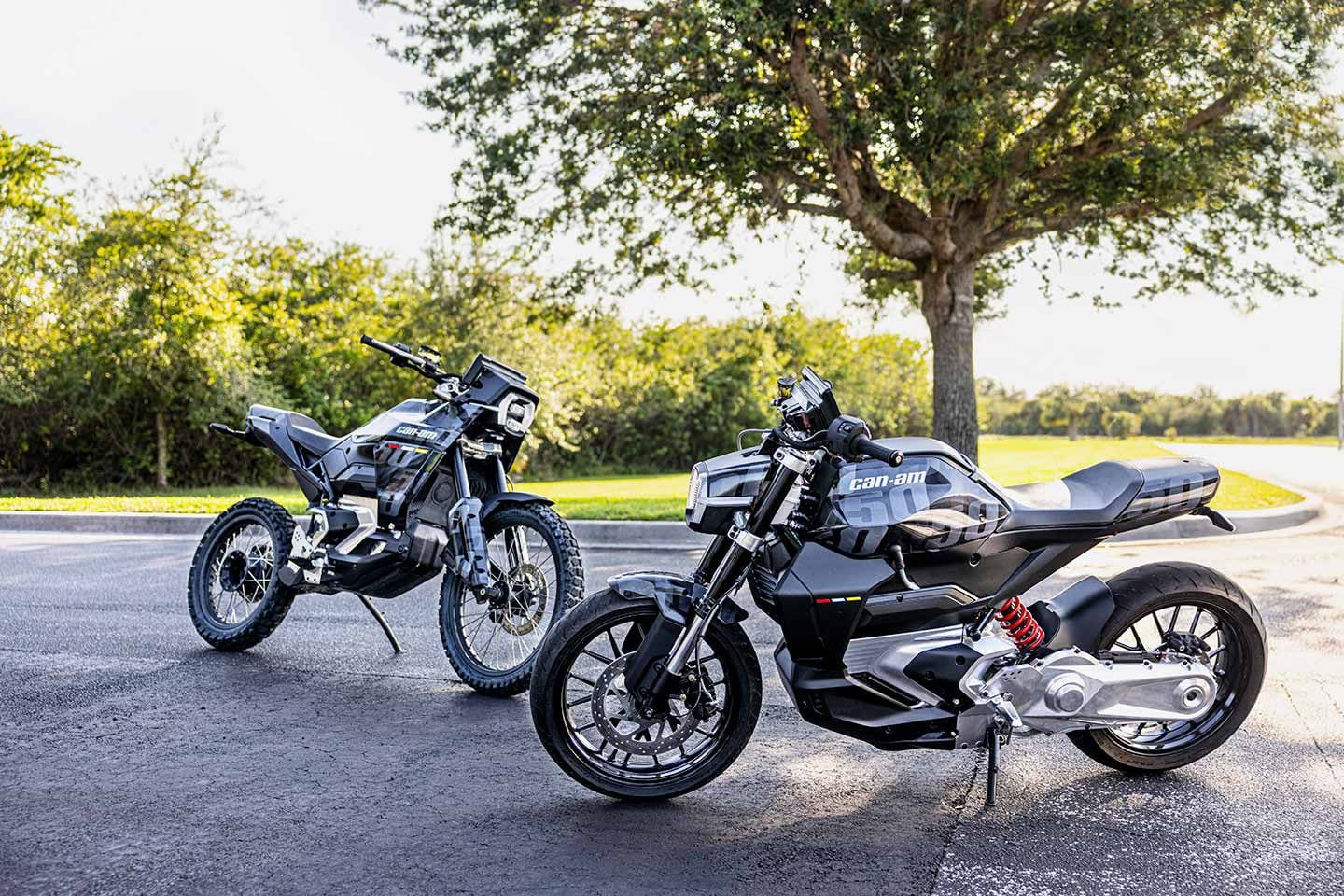 Can-Am Origin adventure and Pulse roadster will go on sale in 2024. (Can-Am/)It was a year ago that Can-Am officially confirmed its plans to return to the motorcycle market with a pair of electric two-wheelers due to reach customers in 2024. An update on the project reveals that testing is well underway and bikes should be in the hands of customers by the end of 2024. Although Can-Am is remaining silent on specifics of the range and performance targets for the Pulse roadster and Origin adventure bike, both built around a shared chassis and powertrain, the company says that test riders have been impressed so far. It has also released images of real-world prototypes that, while still looking very much like last year’s show bikes, give a dose of reality that was previously missing from the project. 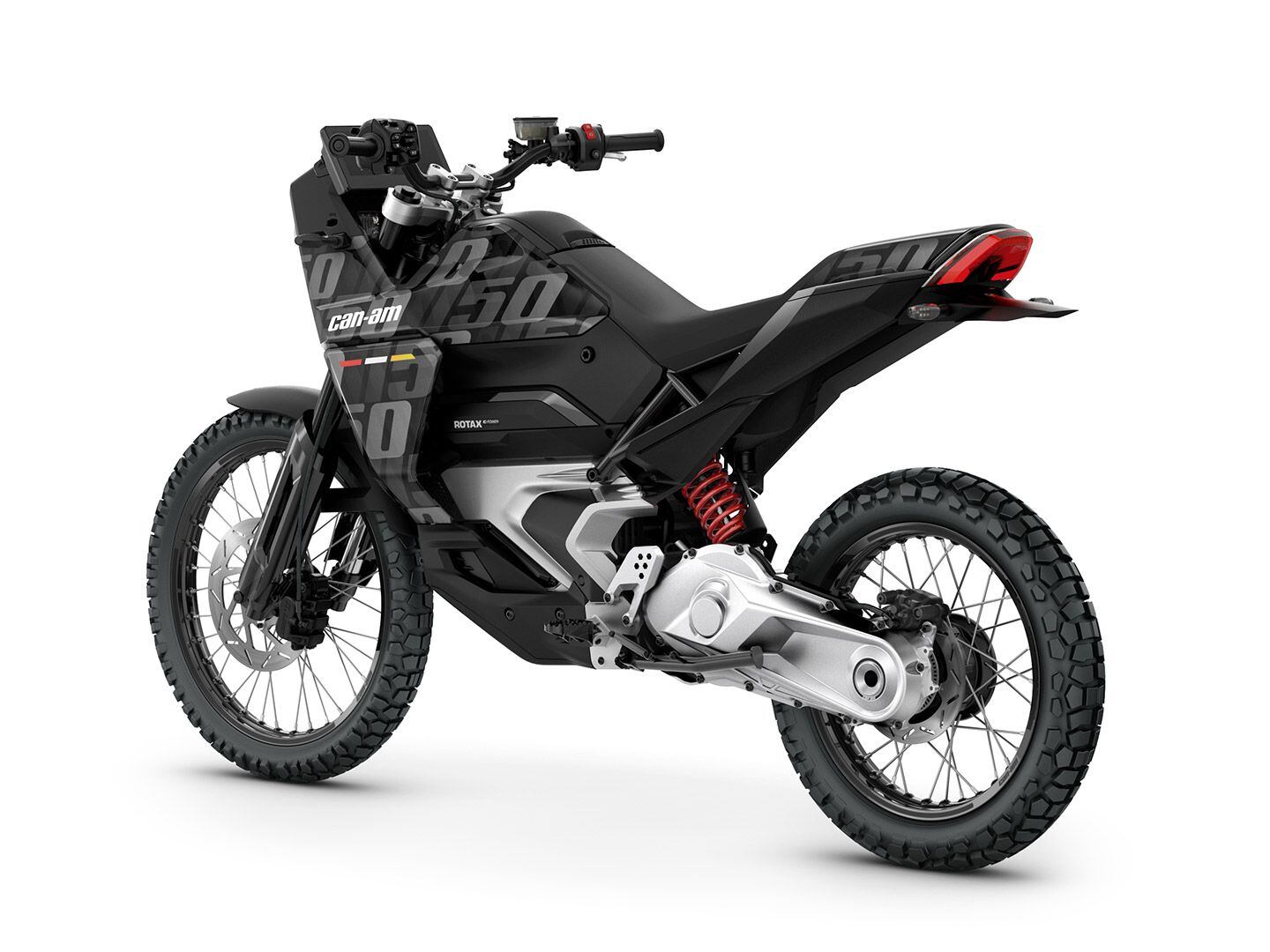 Can-Am Origin rear three-quarter view shows the unique swingarm-mounted motor. (Can-Am/)And while the company isn’t talking about performance, there’s an intriguing hint in titles given to some of the photographs accompanying the release. In some of the picture’s names, the bikes are titled “Pulse-35kWh” and “Origin-35kWh.” We’re all having to learn a new vocabulary as electric bikes become more commonplace and “kWh” is immediately familiar, meaning kilowatt-hours and relating to the capacity of a battery. 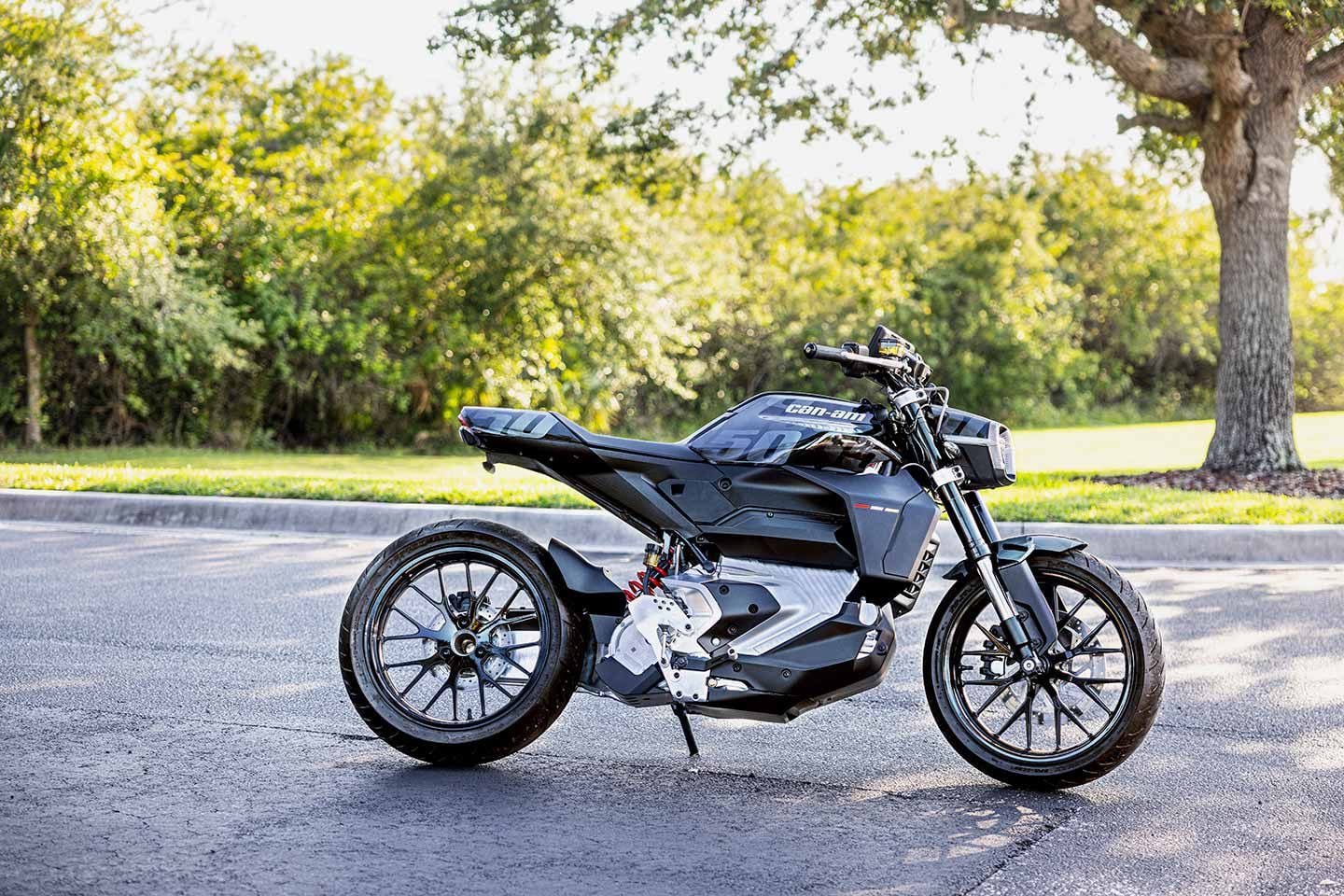 The Can-Am Pulse roadster. (Can-Am/)It seems unlikely, but if that 35kWh figure refers to the batteries in the Pulse and Origin, then they’re a quantum leap ahead of the current state of the art for electric bikes. At the moment, the biggest battery you’ll find in a Zero has a capacity of just under 21kWh, including the optional Power Tank upgrade, while the Energica Experia has a maximum capacity of 22.5kW. The Ducati V21L prototypes used in MotoE competition have 18kWh batteries. 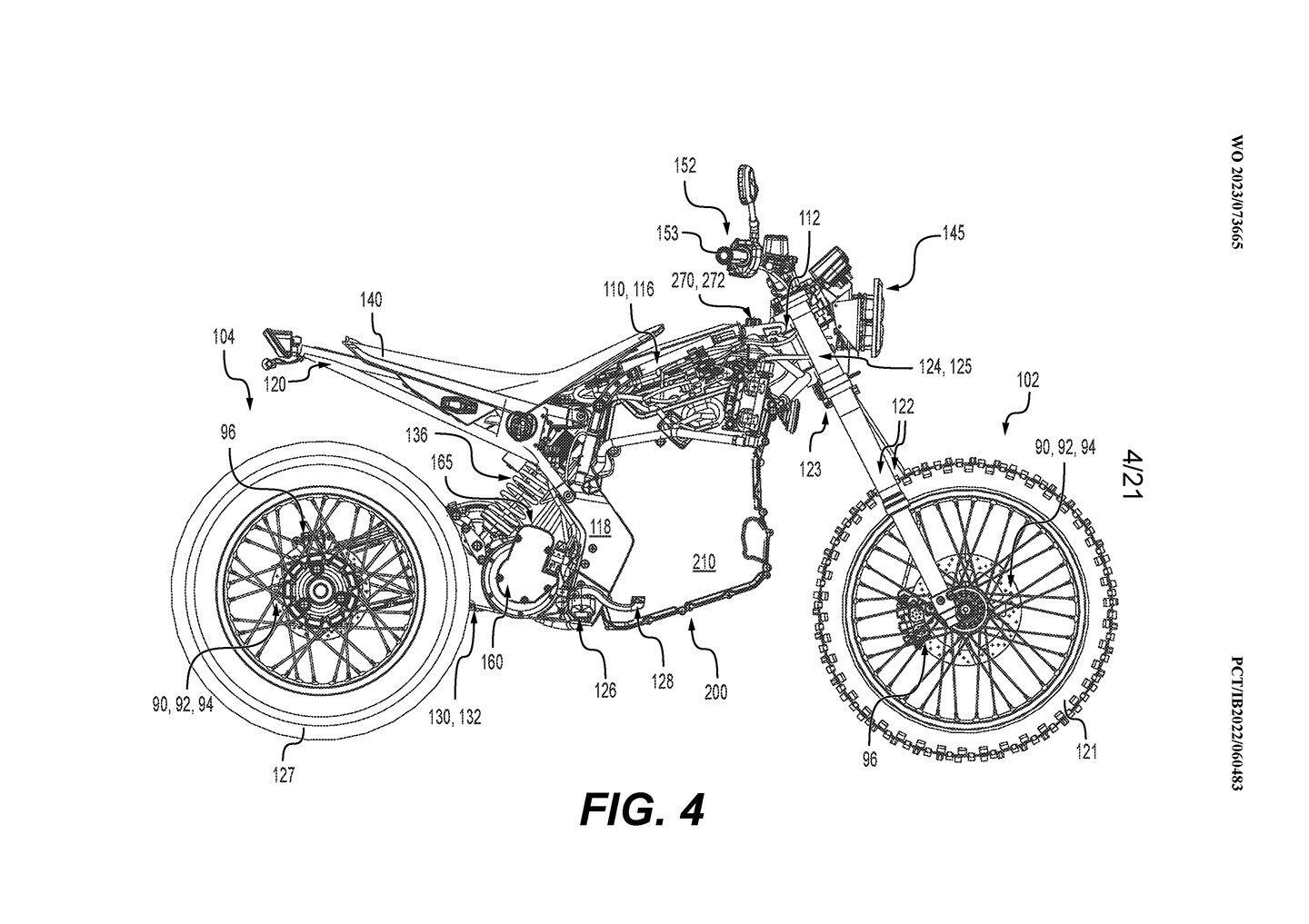 Patent illustrations of the Origin show the bike’s mechanical layout including the placement of components like the motor, final drive, and reduction gear. (Can-Am/)Including a battery that big appears to be virtually impossible with current battery chemistry, but Can-Am has gone to great lengths to maximize the space for the battery. Patents for the new bikes show an unusual mechanical layout with a three-phase drive motor mounted in the front section of the swingarm, powering the rear wheel via a reduction gear and a final drive belt in a sealed unit that also provides an oil bath for the moving parts. By having the weight of the motor toward the front of the swingarm its inertia is reduced even though it’s on an unsprung part of the bike. It also means the drivetrain is completely separate to the main chassis of the bike, which can be dedicated entirely to batteries and the control electronics. 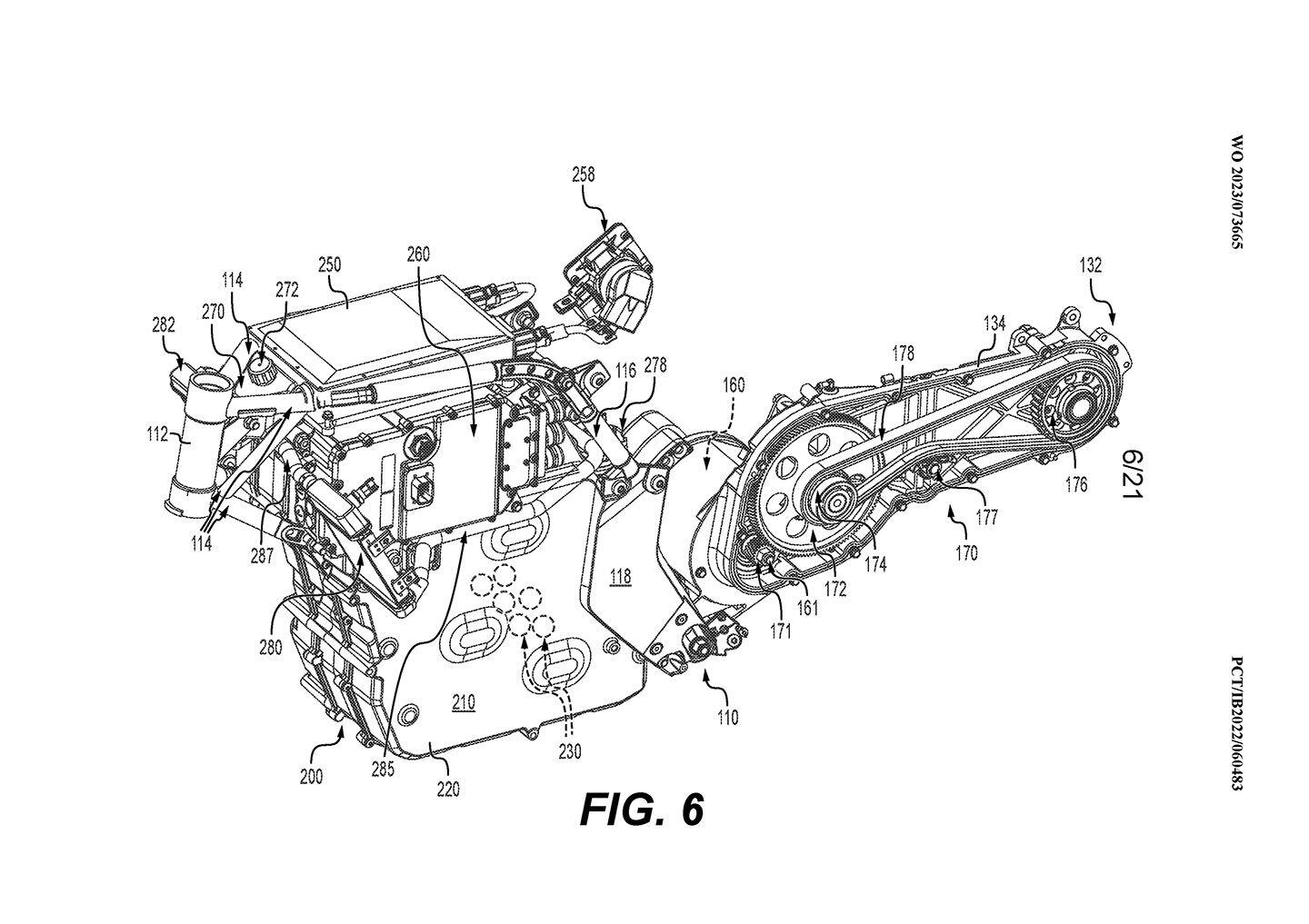 A detailed view of the bike’s drivetrain. (Can-Am/)The patents show that the battery pack is made of seven identical modules, each with 70 individual cells for a total of 490 cells. There’s liquid-cooling for the batteries and electronics, suggesting a high level of performance. If the 35kWh mentioned in the photo’s names truly relates to the bikes’ battery capacity, then each of the 490 cells would need a capacity of around 70Wh. That isn’t entirely impossible as there are cylindrical cells with capacities that high (notably the “4680? cells in the latest Teslas, with a capacity of around 98Wh per cell), but the patent’s text says: “In the present embodiment, the battery cells are 3.5V cylindrical cells, such as LG M50L cells.” Those LG M50L cells are in the “21700? format (21mm diameter, 70mm long), as used in older Teslas and Ducati’s MotoE bike, and have a nominal capacity of 17.8Wh. With 490 of them, the resulting pack would have a nominal capacity of 8.7kWh and a maximum usable capacity of around 10kWh—a figure that’s in keeping with middleweight electric bikes on the market at the moment (the LiveWire Del Mar has a 10.5kWh pack) but a long way from the 35kWh mentioned in the names of the Can-Am photos. 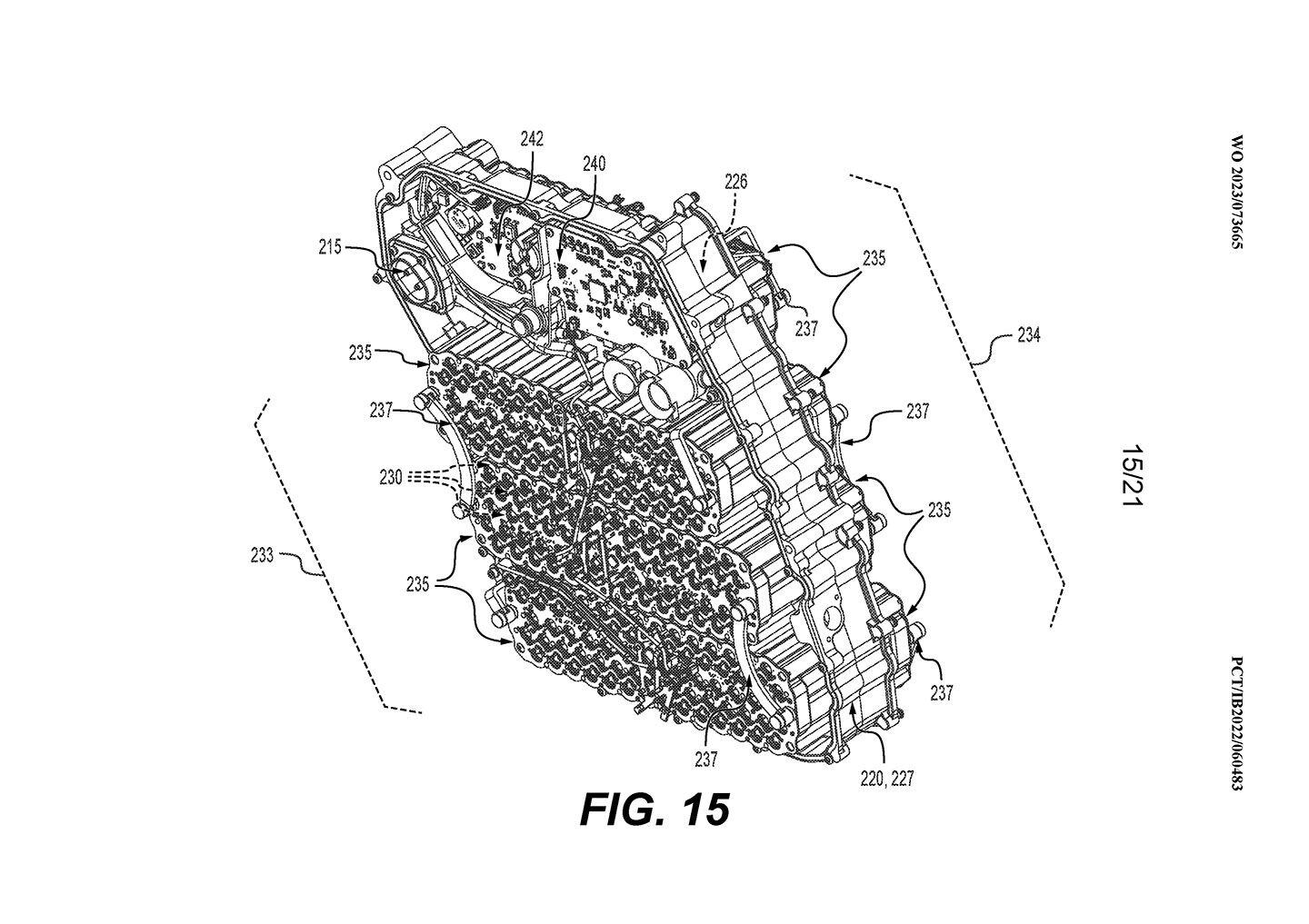 Can-Am’s battery pack. (Can-Am/)However, the patent also says: “battery cells could vary in nominal energy capacity, usable energy capacity, discharge rate, cell chemistry, and cell type.” So the door is wide open for higher-capacity cells like the 4680 to be used if there’s enough space for them. Even so, 35kWh is hard to imagine. Looking at the current state of the art for batteries used in EVs, the very best achieve an energy density of around 300Wh/kg. That means a 35kW battery pack would weigh at least 257 pounds in cells alone, with the structure itself, cooling and control electronics all to be added on top. It’s a lot, but with the battery doubling as the bike’s chassis, as it does in the Pulse and Origin, perhaps it’s possible to use such a big battery without making the bike unusably heavy. 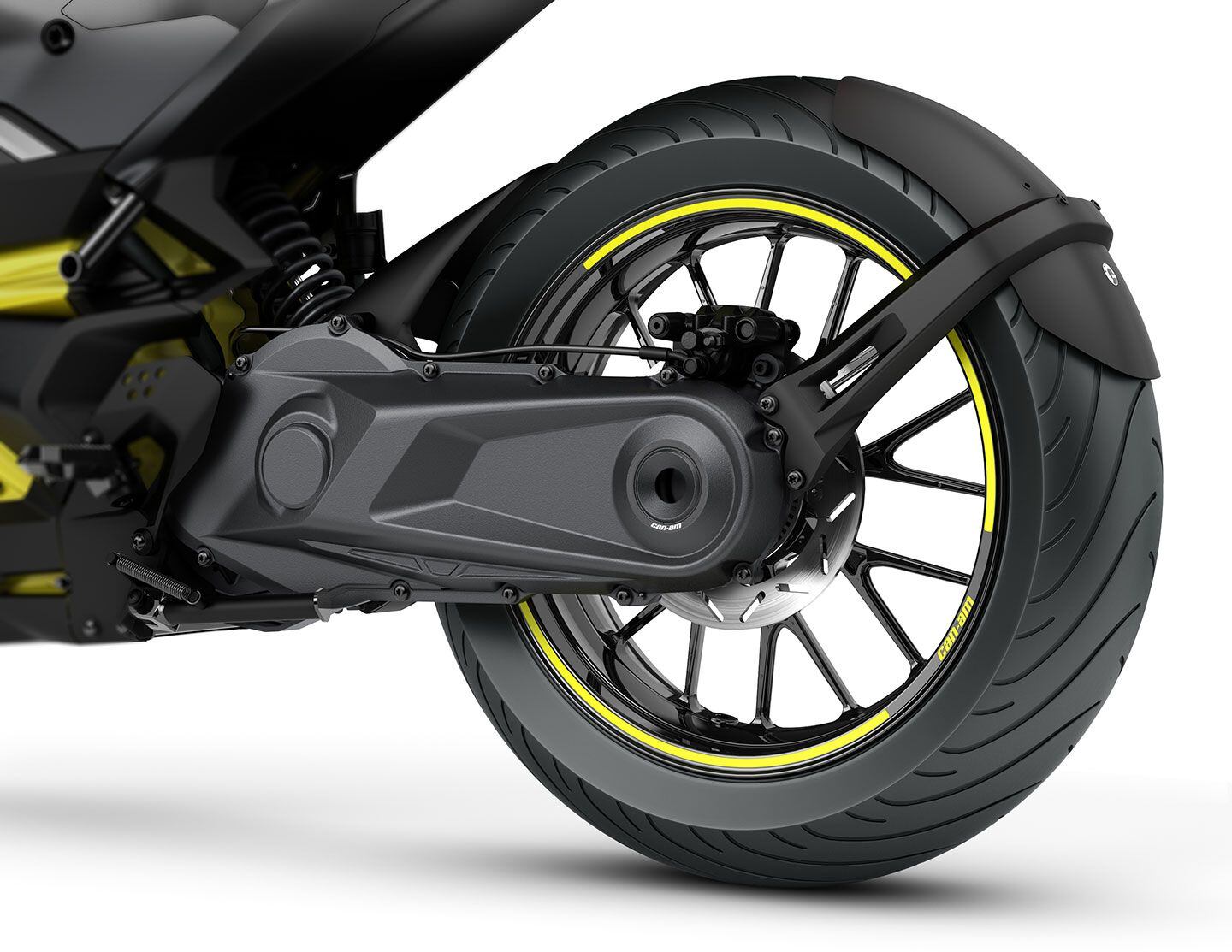 The Pulse’s swingarm/final drive. (Can-Am/)Since the official release of the Origin and Pulse in production form is still around a year away, Can-Am isn’t making official claims about performance or range yet. We’re facing a long wait before any numbers are confirmed for certain, but the inclusion of that 35kWh figure in the picture names is an intriguing one. Even if it isn’t the bike’s real battery capacity, it will be making rivals sweat. Maybe that’s Can-Am’s intention. 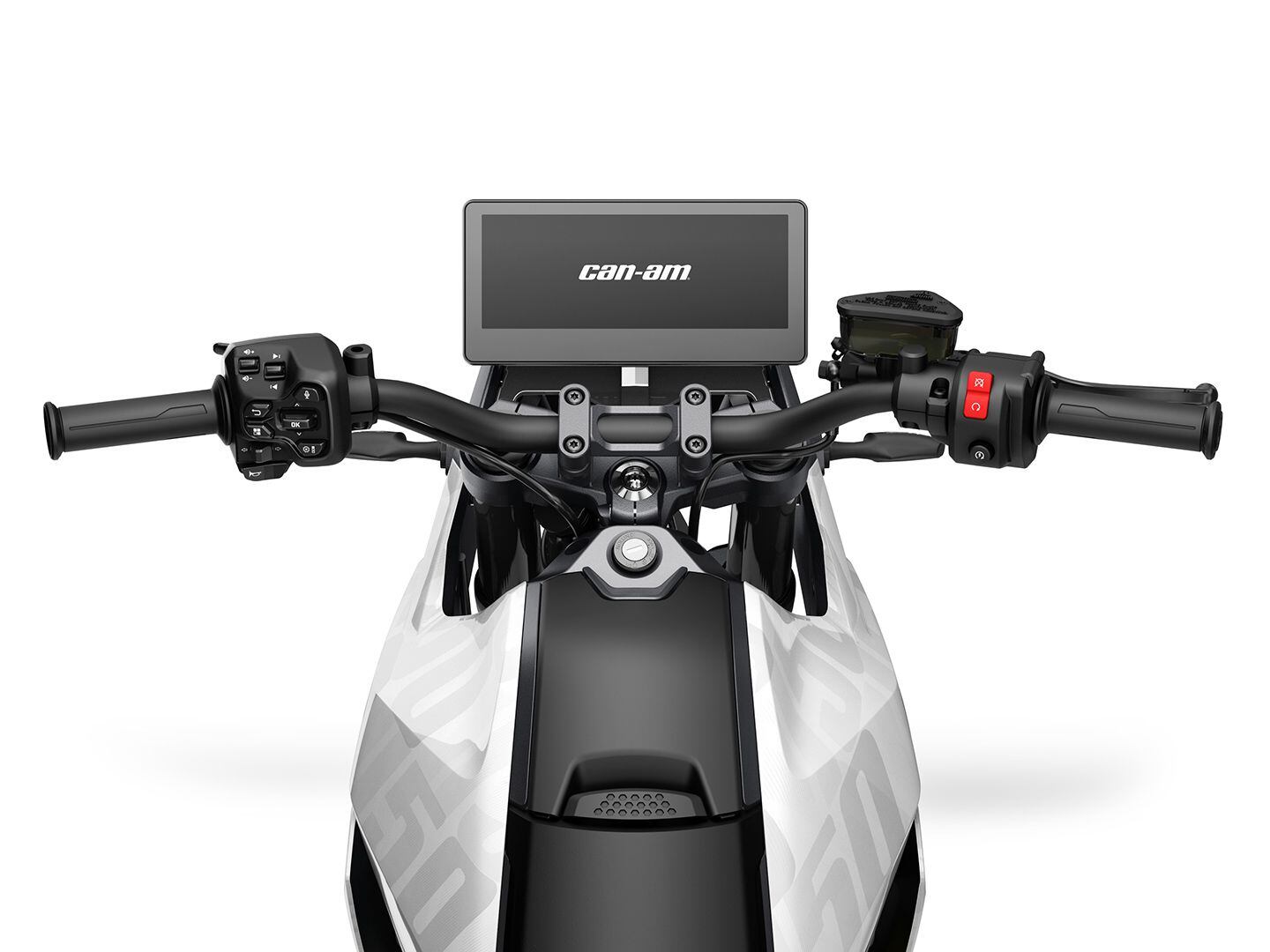 Cockpit view of the Origin’s TFT display and controls. (Can-Am/)The Can-Am image titles that include the 35kWh wording in their titles also use another term that could relate to the new electric bikes, with all of the images labeled “TNT.” So, for instance, the Origin adventure bike pictures are titled “TNT-MY24-Origin-35kWh.” The “TNT” section of the name appears to be a throwback to older Can-Am models from the 1970s, when several street-legal models were labeled TNT as a shortened version of “Track ‘n’ Trail.” 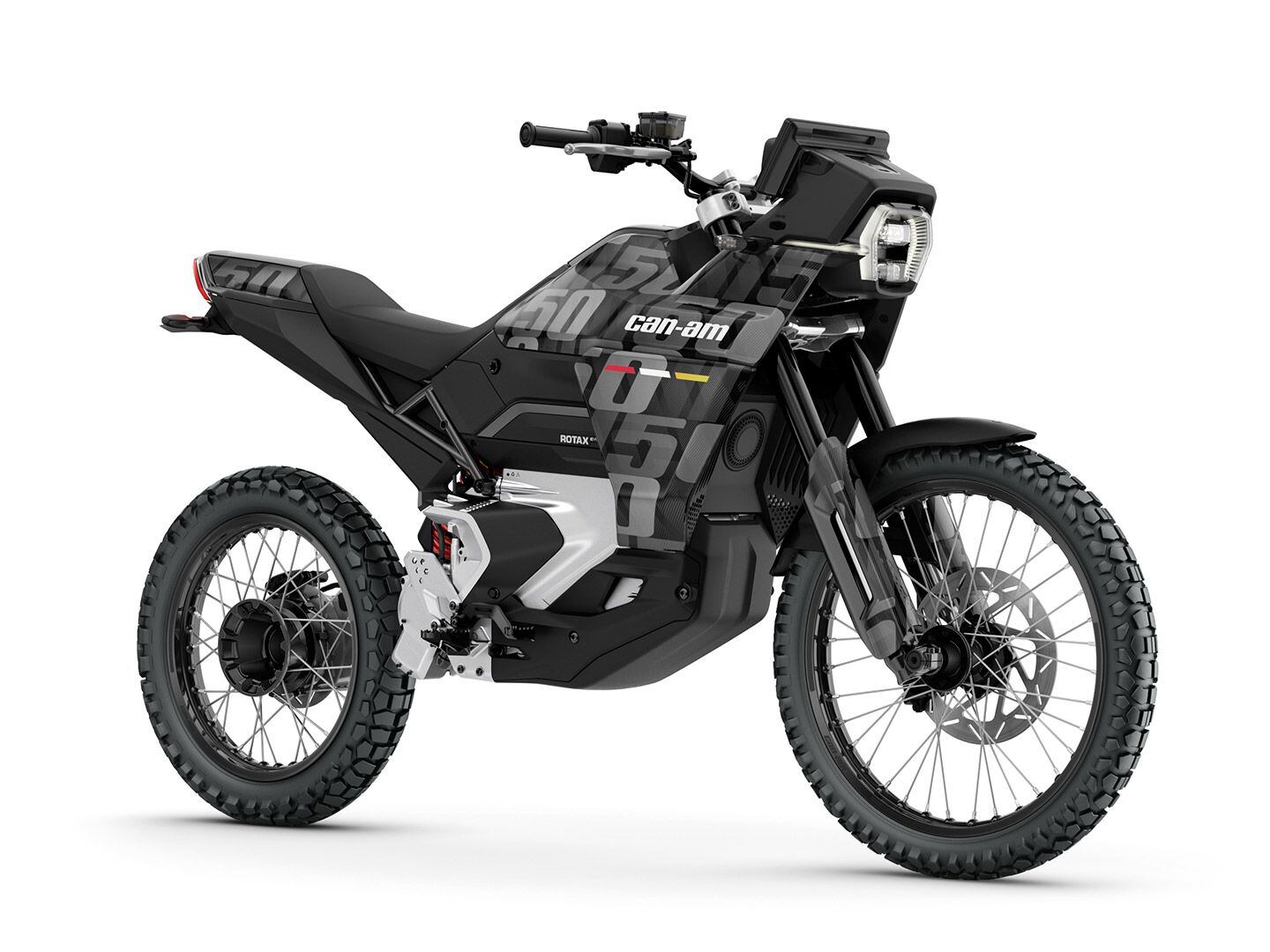 Can-Am Origin. (Can-Am/) 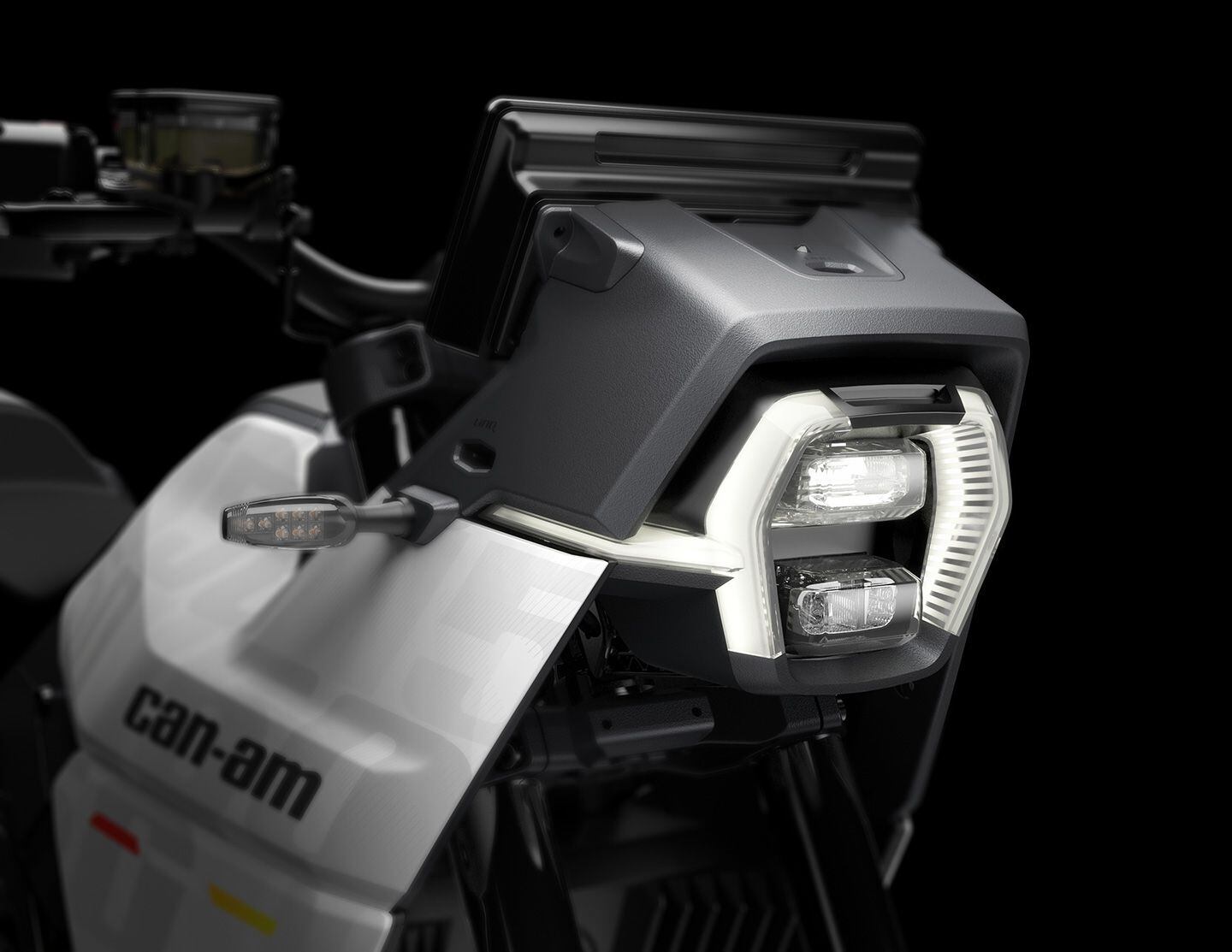 Can-Am Origin headlight. (Can-Am/) 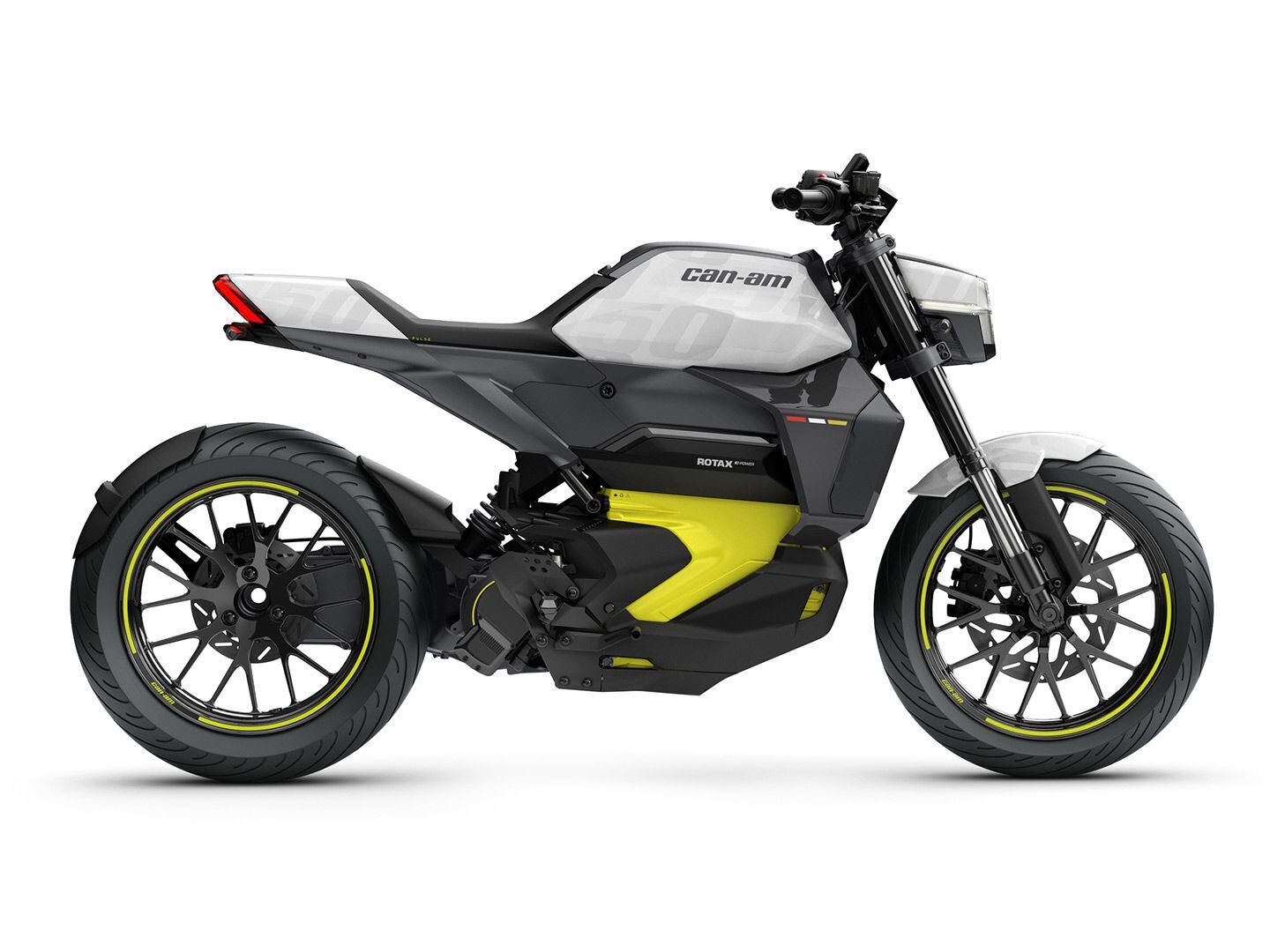 Can-Am Pulse. (Can-Am/)
__________________________________________________
I'm a bot. I don't need no stinkin' signature... |
|
|

|
 |
 Similar Threads
Similar Threads
|
||||
| Thread | Thread Starter | Forum | Replies | Last Post |
| [RideApart] - Can-Am To Manufacture Origin And Pulse At New Factory In Mexico | Ninjette Newsbot | Motorcycling News | 0 | October 4th, 2022 11:55 AM |
| [motorcycle.com] - 2024 Can-Am Origin and Pulse Electric Prototypes First Look | Ninjette Newsbot | Motorcycling News | 0 | August 8th, 2022 08:11 PM |
| [RideApart] - Can-Am Unveils Origin And Pulse Electric Motorcycles | Ninjette Newsbot | Motorcycling News | 0 | August 8th, 2022 05:13 PM |
| [visordown.com] - Striking Can-Am Pulse and Origin EVs launched as brand returns to t | Ninjette Newsbot | Motorcycling News | 0 | August 8th, 2022 06:00 AM |
| [roadracingworld.com] - Ducati Superleggera V4 Nearing Production | Ninjette Newsbot | Motorcycling News | 0 | May 20th, 2020 04:41 PM |
|
|